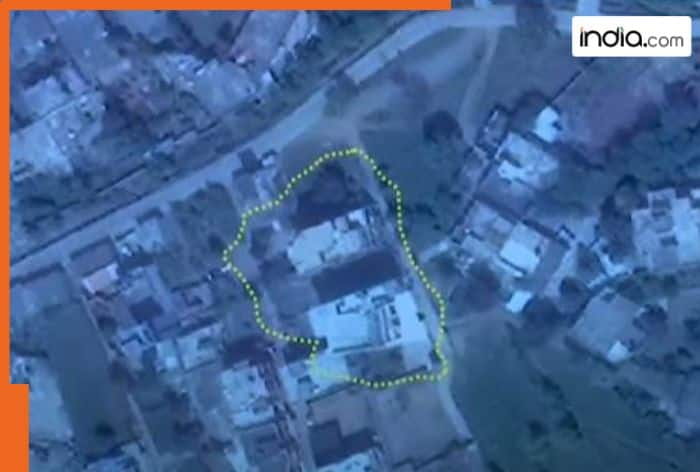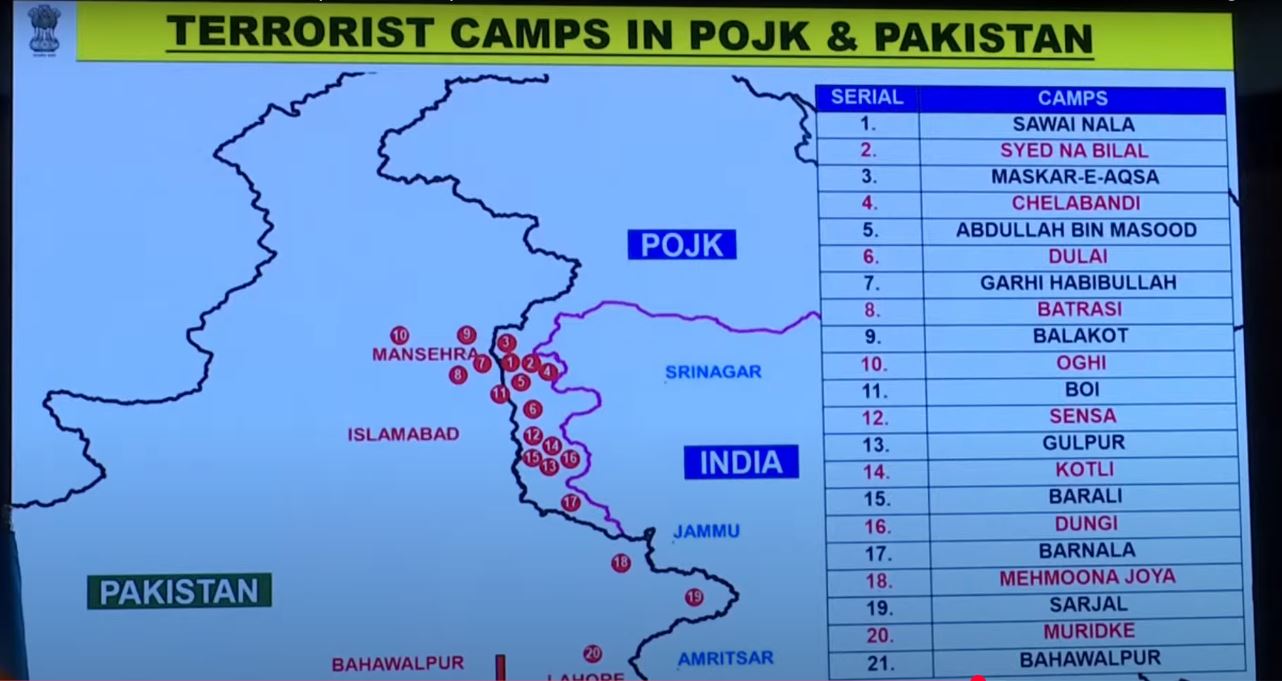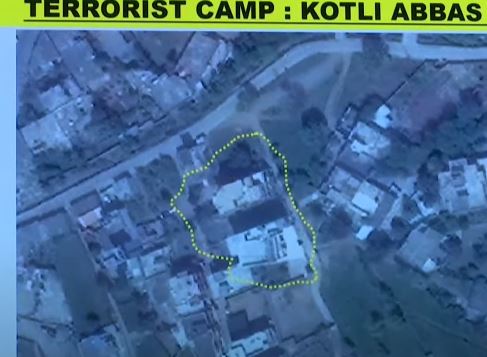
By clicking “Accept All Cookies”, you agree to the storing of cookies on your device to enhance site navigation, analyze site usage, and assist in our marketing efforts Cookies Policy.

In the wake of Operation Sindoor, a tri-service military action targeting nine high-value terror sites in Pakistan and Pakistan-occupied Kashmir (PoK), the Centre has convened an all-party meeting on Thursday at 11 a.m. to brief the nation’s political leadership on the strategic strikes, as per a news agency IANS report. The precision strikes were launched in the early hours of Wednesday and lasted just 25 minutes. Between 1.05 a.m. and 1.30 a.m., 24 missiles were deployed to strike nine terrorist facilities, including Lashkar-e-Taiba’s headquarters in Muridke and major terror training sites in Bahawalpur — long considered breeding grounds for extremist operations.
The Indian government confirmed that all nine targets were successfully struck, with no civilian or military infrastructure in Pakistan being affected. The strikes were part of India’s response to the April 22 terror attack that claimed the lives of 25 Indians and one Nepali national in Jammu and Kashmir.
As part of Operation Sindoor, India hit 21 terror camps across nine locations, including four in Pakistan and five in Pakistan-Occupied Kashmir (PoK). These strikes were not only aimed at avenging the Pahalgam attack but also focused on dismantling terror hubs where other attacks were being orchestrated.
While addressing a press briefing in the national capital hours after the targeted strikes, Foreign Secretary Vikram Misri, Colonel Sofiya Qureshi, and Wing Commander Vyomika Singh outlined the objectives of the operation and provided details on destroyed terrorist camps. Four of the nine targeted terrorist camps are in Pakistan and the remaining in Pakistan-occupied Kashmir.
They spoke to the media during a press briefing on Operation Sindoor, where Indian Army officer Lt. Colonel Sophia Qureshi and Indian Air Force Wing Commander Vyomika Singh highlighted how Indian forces successfully targeted terror camps. These camps had trained militants responsible for the 2019 Pulwama attack, the 2016 Pathankot attack, and several other major terror strikes. The operation was carried out on the intervening night of May 6 and 7.
According to a News18 report, Lt. Colonel Qureshi and Wing Commander Singh outlined the strategic selection of targets by India, emphasizing that the operation was designed to retaliate against previous attacks. They confirmed that no military or civilian establishments were hit, labeling the operation as “non-escalatory.” The primary aim, they noted, was to dismantle the terror infrastructure in Pakistan and PoK.
Markaz Subhan Allah, located in Bahawalpur, is the operational headquarters of Jaish-e-Mohammed (JeM). The militant group is responsible for attacks such as the 2019 Pulwama terror attack. It houses JeM’s top leadership, including Maulana Masood Azhar and Mufti Abdul Rauf Asghar. Funded by Pakistan’s ISI and gulf donors, it has facilities for arms training and terrorist recruitment. This strike aimed to disrupt JeM’s core leadership and training, News18 reported.
Situated in Muridke, Markaz Taiba is the headquarters of Lashkar-e-Taiba (LeT), the group responsible for the 26/11 Mumbai terror attacks in 2008. The report mentioned that the attackers, including Ajmal Kasab, were trained at this facility. Funded by Osama bin Laden, it serves as the base for LeT leaders like Hafiz Saeed and Zaki-ur-Rehman Lakhvi. The facility trains and radicalizes over 1,000 young recruits annually, teaching them guerrilla warfare, intelligence, and explosives. The strike aimed to dismantle LeT’s terror infrastructure and thwart potential future attacks.
This Sarjal/Tehra Kalan Facility, JeM launchpad plays a crucial role in facilitating infiltrations into Jammu through tunnels and drones. According to a News18 report, Lt. Col. Qureshi stated that the site was targeted due to its connection to the 2016 Pathankot attack.
Located roughly 20 km from the Line of Control (LoC), the facility is used for digging cross-border tunnels, smuggling weapons via drones, and hosting JeM’s Afghan operations. The objective of the strike was to dismantle infiltration networks and disrupt drone-smuggling operations.
This Mehmoona Joya Facility, Sialkot facility serves as a hub for planning Hizbul Mujahideen (HM) attacks in Jammu, operated by the ISI-backed commander Irfan Tanda. It trains militants for border raids and weapons smuggling activities. The operation was designed to weaken HM’s operational capabilities in Jammu.
This Markaz Ahle Hadith, Barnala (PoK) site has been a key training ground for militants and was involved in planning the Dhangri (2023) and Reasi (2024) attacks, which claimed the lives of 16 civilians. It functions as a launchpad for LeT infiltrations into Poonch-Rajouri and accommodates more than 100 militants. Operation Sindoor aimed to dismantle LeT’s infiltration routes and retaliate against the attacks on innocent civilians.
Markaz Abbas, located in Kotli (PoK), was targeted as part of the operation. This facility has served as Jaish-e-Mohammed’s (JeM) arms depot and planning center for attacks such as the Nagrota (2016) assault, led by Qari Zarrar. It stores weapons smuggled from Afghanistan and is used for training snipers. The objective of the strike was to dismantle JeM’s logistics and supply chain.
National Security Advisor (NSA) Ajit Doval spoke with his counterparts from the United States, Japan, and several other countries and briefed them about India’s “measured, non-escalatory” action, sources were quoted as saying by news agency ANI.

Maskar Raheel Shahid serves as Hizbul Mujahideen’s advanced training camp for Border Action Team (BAT) operations, under the supervision of Syed Salahuddin. The facility focuses on training militants in sniper skills and survival strategies. India targeted this camp to dismantle HM’s capability to execute cross-border attacks.

Colonel Sofiya Qureshi, addressing the briefing, detailed the specific terror camps targeted in PoK. “Shawai Nallah Camp in Muzaffarabad is a Lashkar-e-Taiba camp. Terrorists responsible for attacks in Sonamarg on October 20, 2024, Gulmarg on October 24, 2024, and Pahalgam on April 22, 2025, were trained here,” she said, ANI reported.
For breaking news and live news updates, like us on Facebook or follow us on Twitter and Instagram. Read more on Latest India News on India.com.